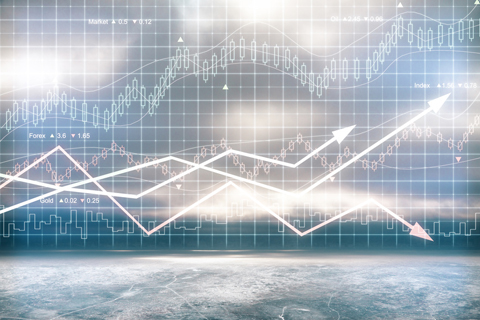German economy in transition – Forecasts for growth continue to be weak
by David Fleschen

A new report from the Joint Economic Forecast Project Group predicts a slight contraction of Germany's Gross Domestic Product (GDP) by 0.1% for 2024. The report anticipates a modest recovery in the following two years, with growth rates of 0.8% in 2025 and 1.3% in 2026. Compared to the spring forecast, this represents a downward revision of 0.2 percentage points for 2024 and 0.6 percentage points for 2025.
"Beyond the cyclical weakness, structural changes are also weighing heavily on the German economy," stated Dr. Geraldine Dany-Knedlik, Head of Forecasting and Economic Policy at the German Institute for Economic Research (DIW Berlin). She pointed out that factors such as decarbonization, digitalization, demographic shifts, and increased competition from Chinese firms have triggered structural adjustments, which are dampening Germany’s growth prospects.
Germany's economy has been stagnant for over two years. Although a slow recovery is expected next year, the growth seen before the COVID-19 pandemic is unlikely to return in the foreseeable future. The combined effects of structural changes and the current economic slump are particularly evident in the manufacturing sector, which has been hit hard. Sectors like capital goods manufacturing and energy-intensive industries are struggling with rising energy costs and increasing competition from high-quality industrial goods produced in China, which are displacing German exports in global markets. Additionally, the sluggish global industrial activity has led to a shortage of new orders, further weakening the sector. However, these effects have been partially offset by significant growth in the gross value added of service sectors, particularly those dominated by the public sector, such as education and healthcare.
The institutes highlight ongoing investment weakness in the manufacturing sector as a key symptom of the economy’s challenges. The high interest rates and persistent economic and geopolitical uncertainties have dampened business investment and household spending. Instead of spending on new housing or consumer goods, households are increasingly saving their income.
The report suggests that these structural adjustments will continue, and the economic challenges will only gradually ease. The tentative recovery is expected to be supported by increased private consumption, driven by substantial gains in real disposable income. Furthermore, a recovery in key export markets, particularly in neighboring European countries, will boost German foreign trade. Combined with improved financing conditions, this will benefit investment in capital goods.
The labor market has begun to show signs of strain, with a slight increase in unemployment in recent months. However, unemployment is expected to decline as economic activity gradually picks up over the course of next year.
Inflation has fallen to its lowest level in over three years as of August, and it is expected to remain near the European Central Bank's (ECB) target of 2% throughout the forecast period.
Source and Photo: RWI

